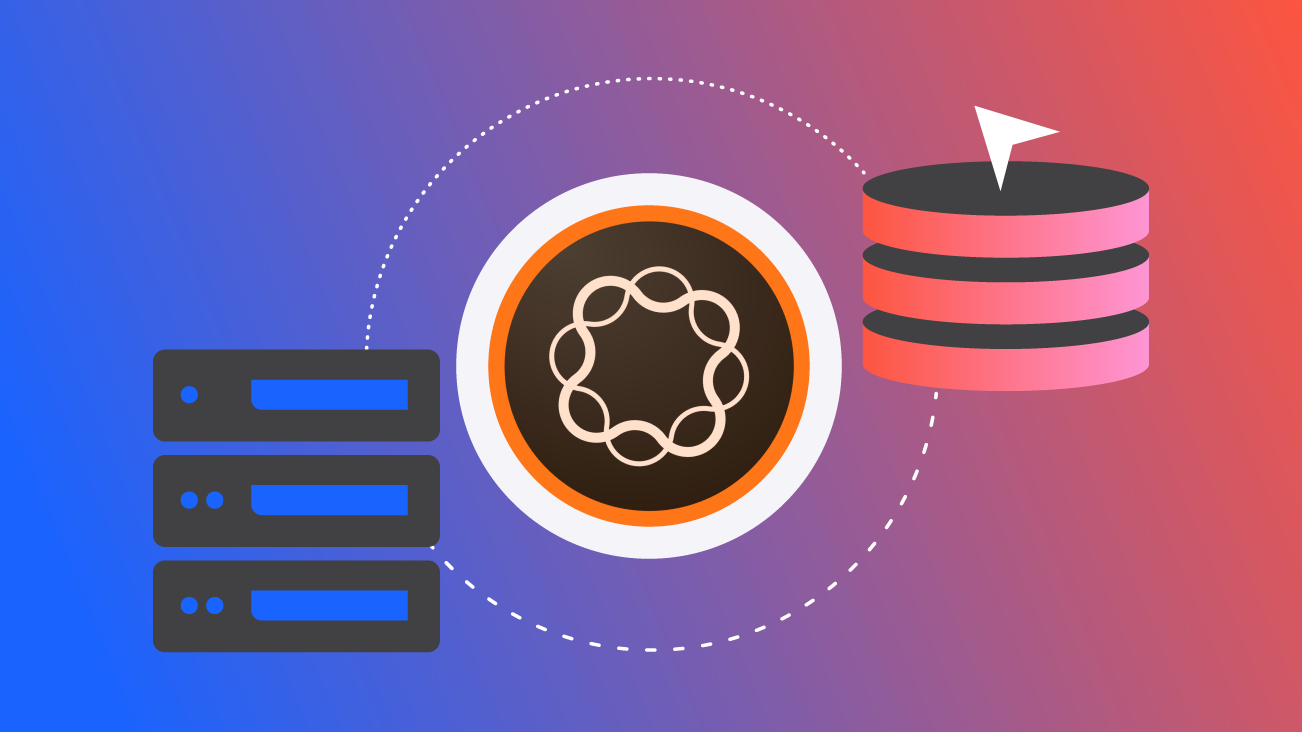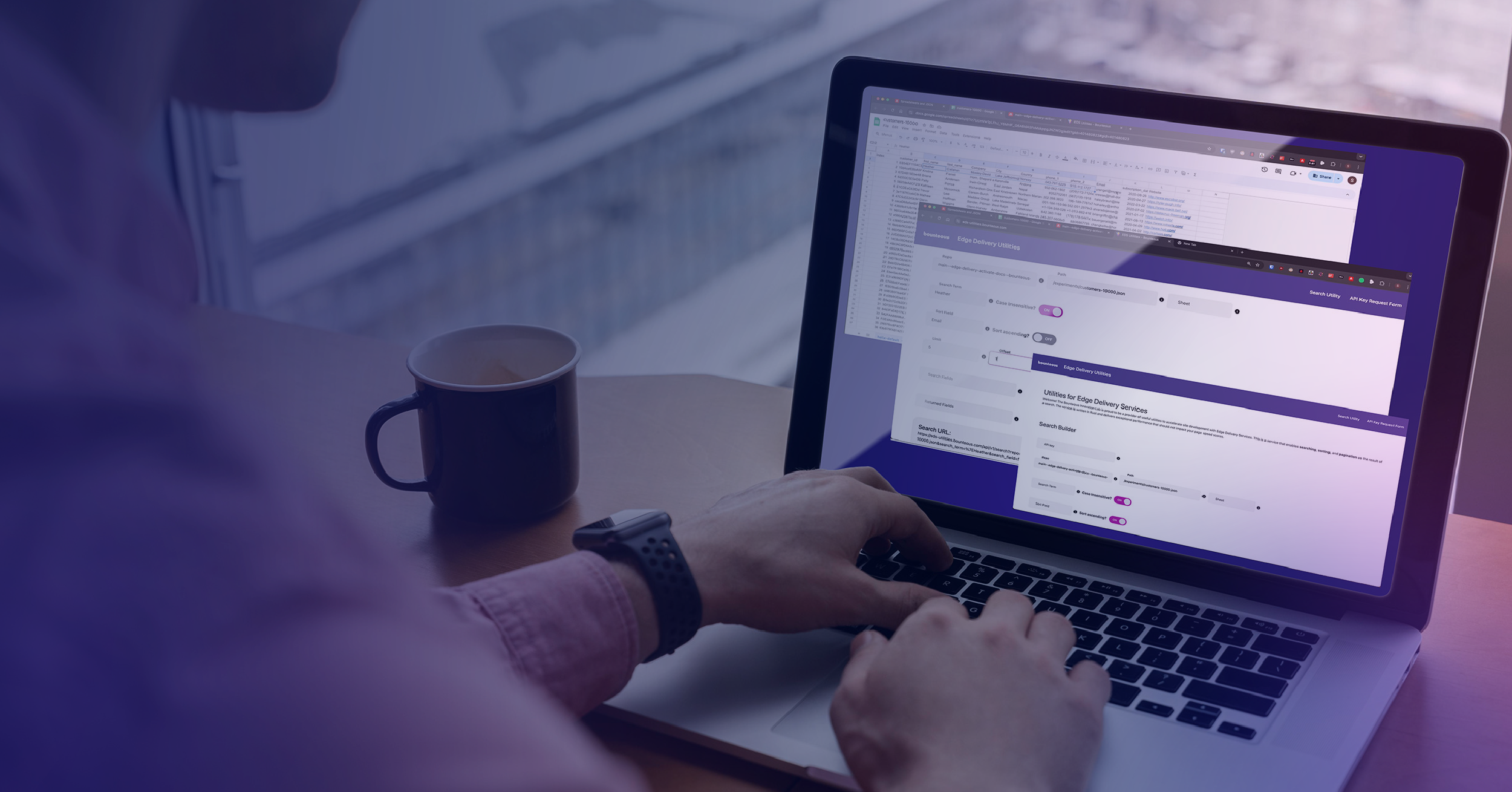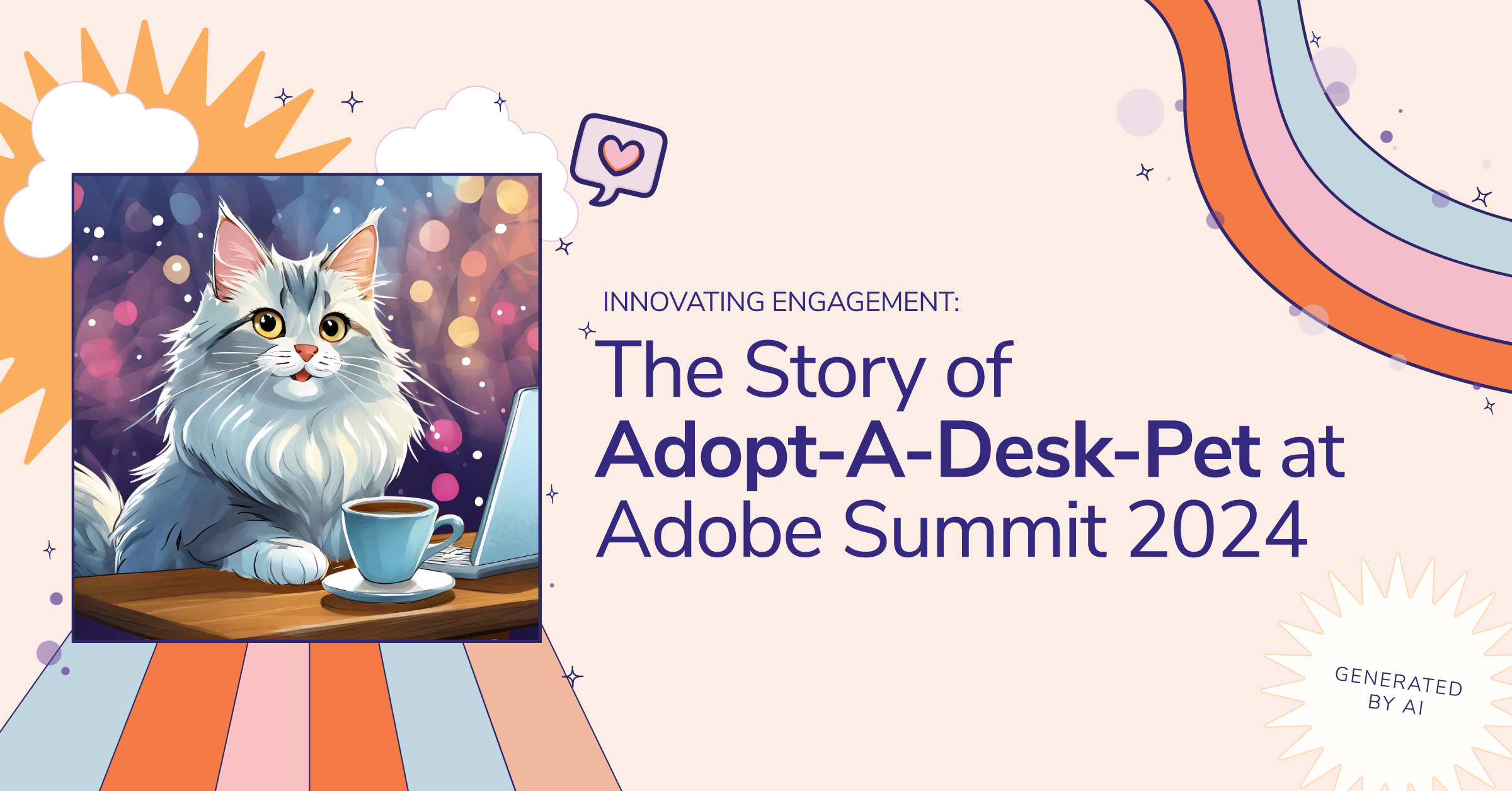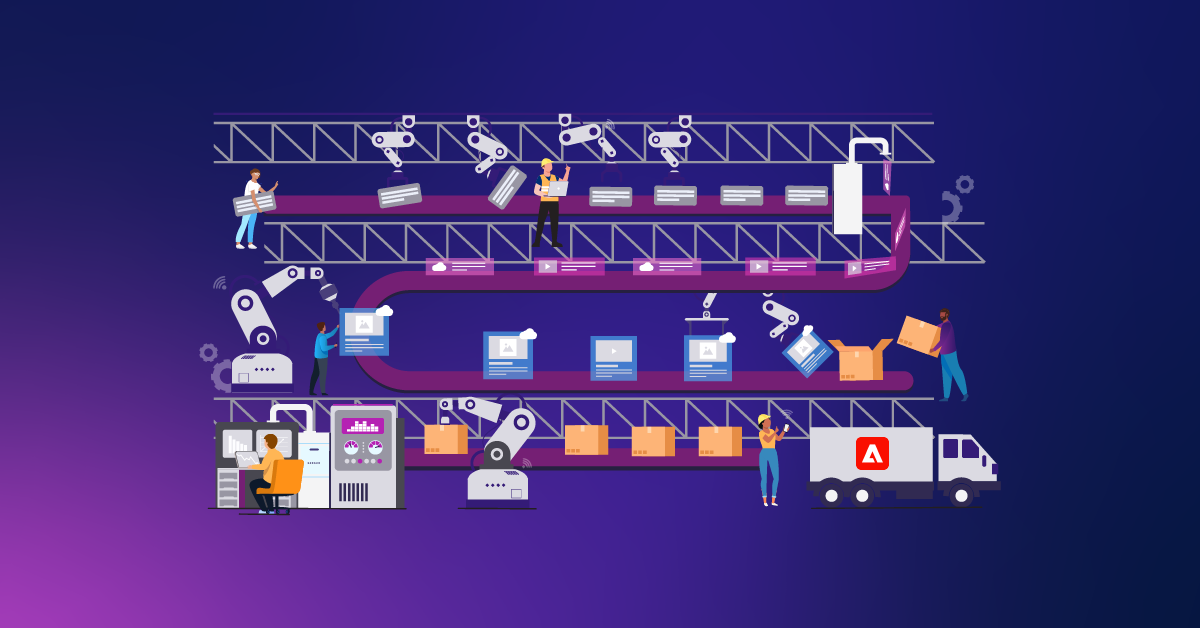Manual or Automated: How Should You Be Executing Your AEM Content Migration?

Engaging digital marketing experiences don’t come easily and several efforts can be overlooked or underestimated for successful implementations. One of these efforts is the migration of content from your old system to the new. At times, this cost and effort of manual migration can be offset and reduced by programmatic (automated) migration. But, this isn’t always the case.
Programmatic content migration leverages a base tool that then requires individual scripts, mapping, and testing for each "structurally unique" set of content. The benefits and cost savings of programmatic migration are directly proportional to the quantity of content that’s following any one given pattern.
A simple analogy would be to consider the most efficient vehicle to travel 2,000 miles. If the travel is simply between two cities 2,000 miles apart, there's no question that a flight is going to be faster than taking your car. However, let's say the travel involves 20 cities along the way, each 100 miles apart. In that case, your car can get you there in 2-3 days, whereas 20 separate short flights are going to take twice as long and incorporate a lot more risk (flight delays, missed flights, maintenance issues, etc.), even though the airplane’s travel speed is much faster.
Given a website that has a couple thousand pages, automated migration can be extremely appealing at face value. However, if no single content template is used more than 100-200 times, migrating content is similar to the second scenario in the analogy above. Though all templates will leverage the same base tool for automated migration, each would require individual scripts with their own configuration, testing, and risks associated, resulting in limited value provided by the raw speed of the vehicle.
In this case, a manual approach will get us there in a more predictable timeframe with significantly less risk. If the website has hundreds or even thousands of articles or blog posts, all with a very similar content pattern, then we have a situation where the speed of automated migration scripts can be leveraged efficiently.
In practice, a fair amount of websites are best migrated using a combination of both automated and manual migration. Contrary to many people's beliefs, however, a full manual migration can often be the most efficient approach. One-hundred percent automated migration makes sense for very few sites.
Hidden Overhead of Automated Migration
How can it be that a manual migration is more efficient than automated migration?
Automated migration involves significant effort outside of the actual running of the scripts that can be easily overlooked. We’ve learned the process and what to expect from years of experience migrating content to Adobe Experience Manager (AEM) and other content management systems. A typical automated migration might include the following steps
1. Establish programmatic and network access to the old production environment to pull the raw content to a staging area for upload. Alternatively, the raw content can and sometimes must be manually pulled and transferred to the staging area.
2. Learn the underlying data structure of content and assets in the legacy system.
3. Code the transformation of content from the old format to the new.
- Each script is slightly different—pulling from different content formats, pushing to different components.
- Handle cases where some of the content lives directly within the page and some lives in a "common" area (e.g., content fragments, products).
4. Code the mapping of old page URLs to paths in the new system (even if they’re the same relative paths).
5. Code the mapping of assets (images, PDFs, etc.) to the DAM paths where the assets will be in the new system.
6. Perform manual spot checks to ensure all content migrated correctly—it’s easy to miss content one-offs buried in a sea of migrated pages.
7. Set up live copy links for content inheritance in MSM (multi-site management), breaking links for content that doesn’t match the inherited content.
8. Execute and curate multiple script runs until all bugs and content one-offs are worked out.
In addition to this overhead, there are other challenges such as design refactors where two pieces of content from the legacy site become one on the new site, or vice versa, and those situations are only well handled by real people that can read and modify the content in grammatically appropriate ways.
Migration and Localization
Localized content multiplies the number of total pages for each template. Does that make automation more appealing?
Unfortunately, localization often makes automation less appealing.
At worst, automated migration of different locales will ignore true platform MSM (multi-site management) mechanics and copy the content in as separate sites, resulting in a platform improperly set up for MSM and content inheritance. This leaves you with a content management nightmare that you will never wake up from.
At best, automated migration will attempt to inject all of the correct metadata into the migrated content to establish MSM structures and content inheritance as if the content was created in AEM, breaking inheritance where content differs from the original.
Ignoring the challenge and overhead of the development team scripting this transformation correctly, a grave pitfall lurks beneath this approach that no automation can resolve. As localized content on a legacy platform has been maintained over time, it's inevitable that small, unintentional differences have crept into the content of the site pages. Whether it's as simple as an extra space or comma on one site that's missing on another, an accidental difference in tile order on one page versus another, or a true and intended localization that we want to keep, all of these differences are seen the same by automated migration and result in broken inheritance.
When handled manually, unintended differences can be discovered and eliminated by the migrating authors, ensuring proper content inheritance going forward. When handled incorrectly by automated migration, failing content inheritance will be discovered over and over again in the months and years following the migration as the site content evolves.
Automated Migration Tools
Implementation partners are indicating they have tools that will make programmatic migration simple and cost-effective. Is Bounteous simply missing one of these tools?
Many recommendations of "simple and cost-effective" programmatic migration are either overlooking complexity or planning to transfer your content in a format that will leave you with a content maintenance mess in your new platform. That being said, we do have proprietary content migration tools to assist with the process and our experience from programmatic content migrations has informed our viewpoints on this topic.
Manual Migration and Human Error
Doesn't manual migration introduce the risk of human error?
This is a fair question, and the truthful answer is "yes," manual migration does introduce risk of human error.
However, we must consider this in light of the benefits of manual migration:
- Proper entry of content into AEM component properties, easing maintainability and extensibility going forward
- Predictable timelines, as the variables of script bugs and last-minute reruns, are avoided
- Resolution of unintentional localization issues, resulting in correct content inheritance in the new platform
- Reduced cruft (e.g. special styling classes or HTML constructs hacked into the previous system) brought forward
- Immediate and extensive on-the-job training for content authors that will maintain the new platform
- Effectively "free" UAT (user acceptance testing) for all of your site authoring tools as they are used to migrate the content
- Effectively "free" UAT of the new website, as there will be human eyeballs on every piece of content
In almost all cases the risk of human error in manual migration is well more than offset by reductions of risks to your project and total cost of ownership.
Manual or Automated
Effectivity executing your AEM content migration, either manually and/or automatically, is key for creating engaging digital marketing experiences. Now that you have a better understanding of manual migration vs. automated migration, you can begin building out a content migration strategy that will be the best option for your AEM site.


